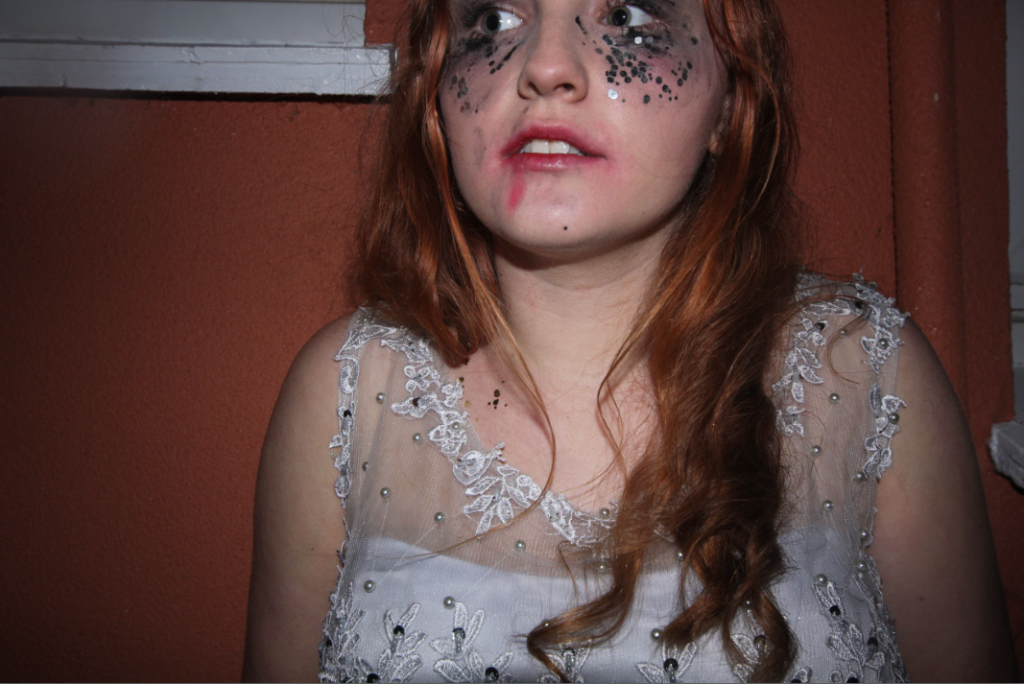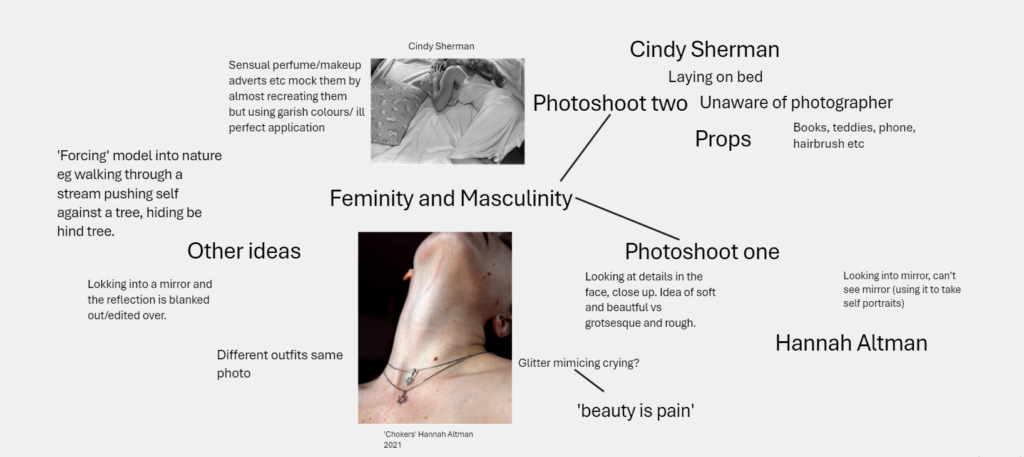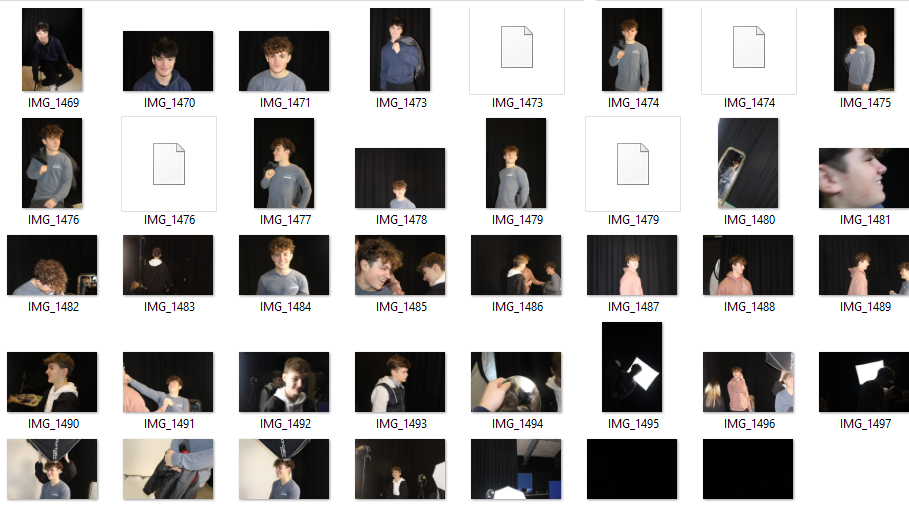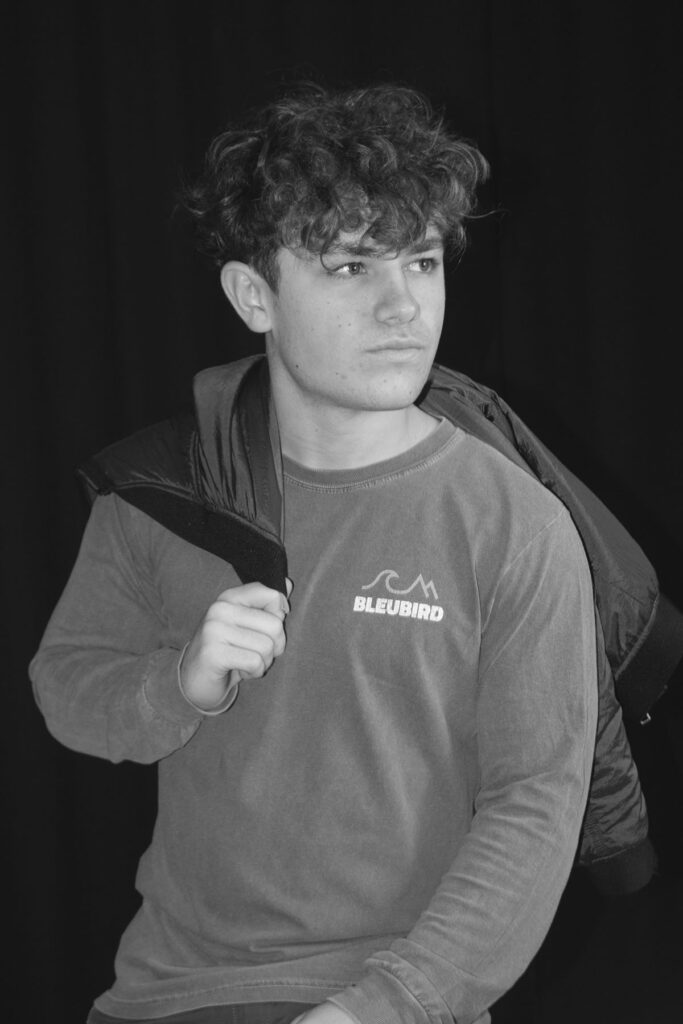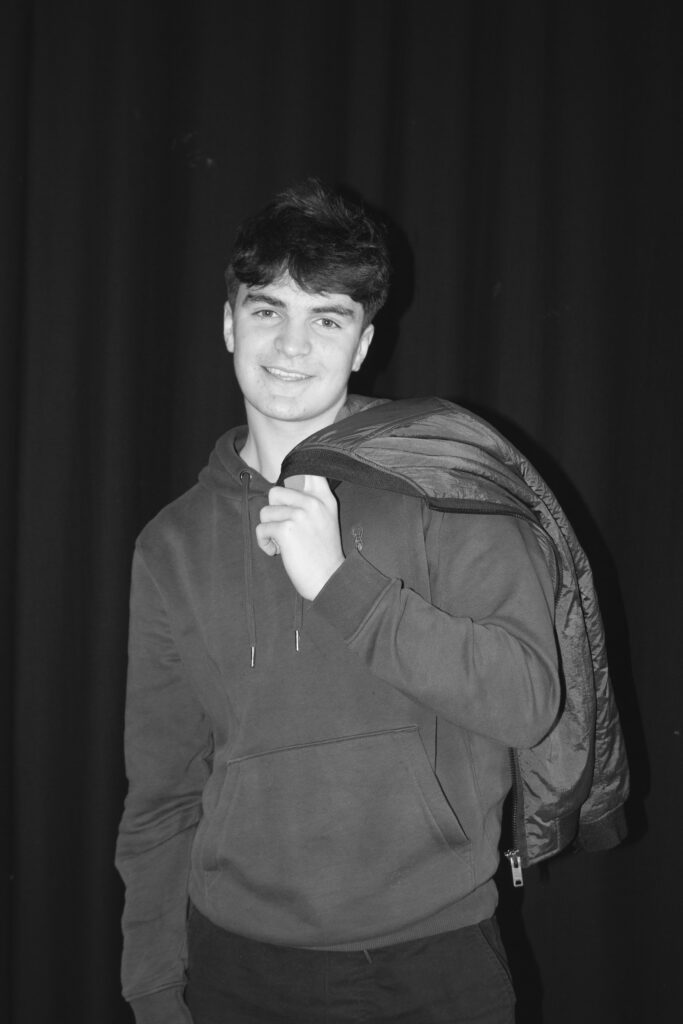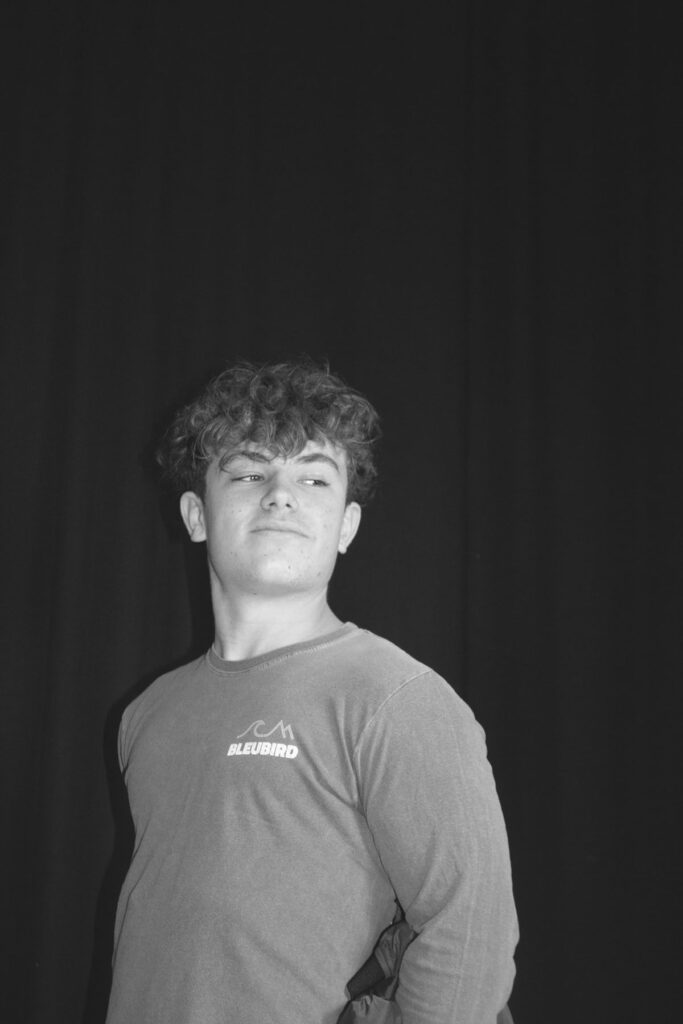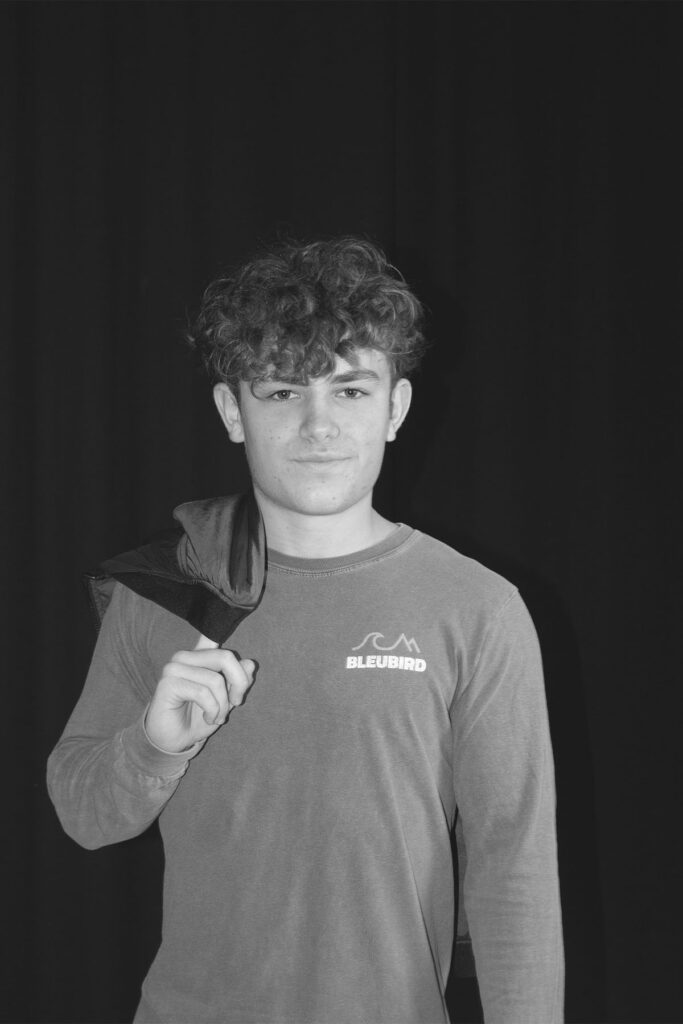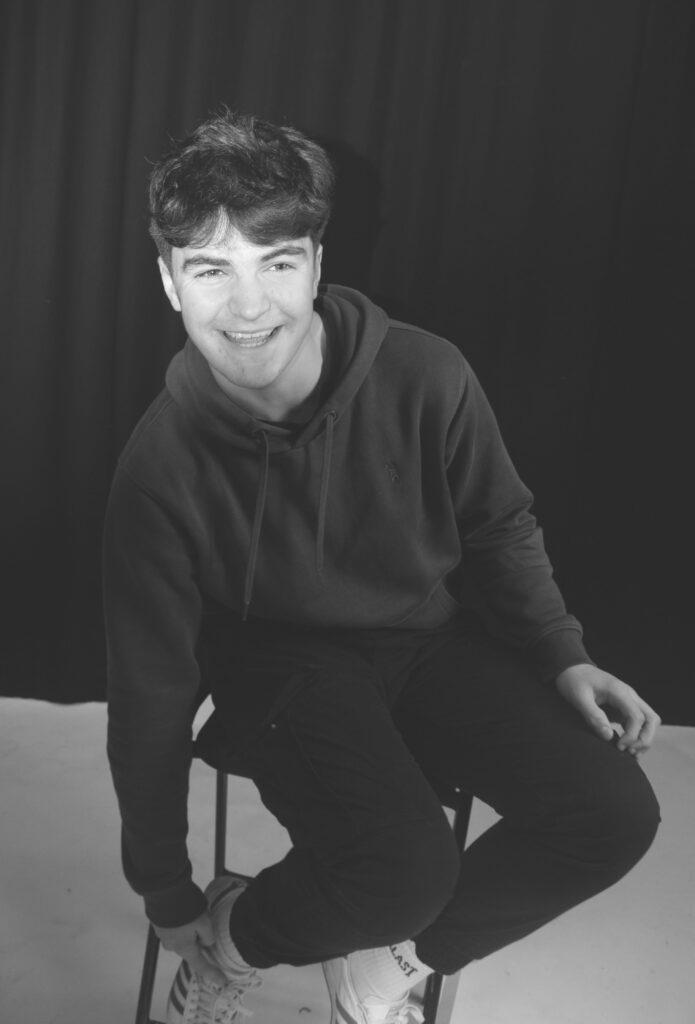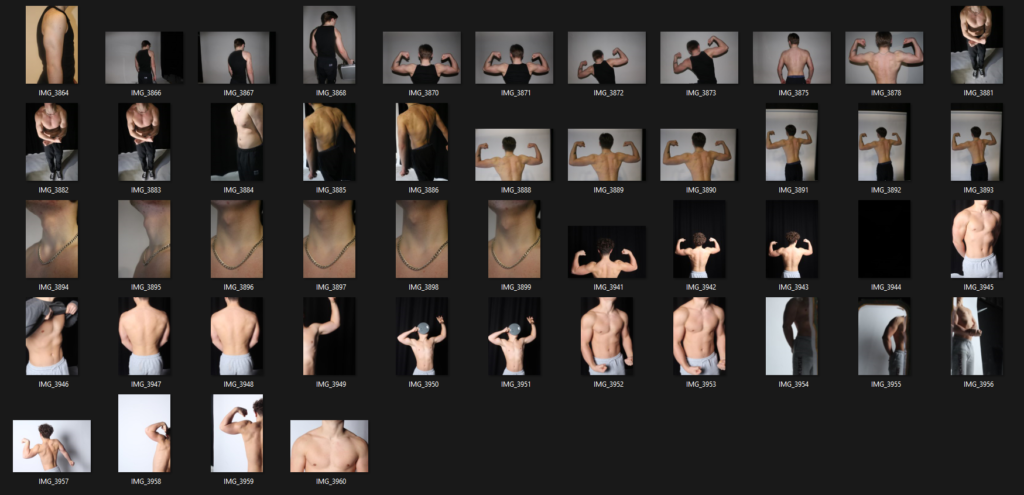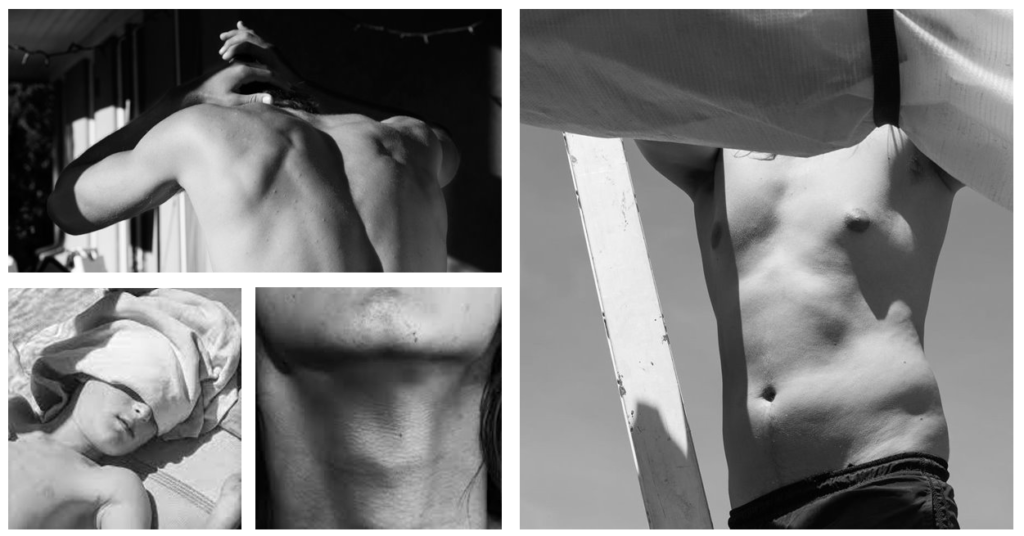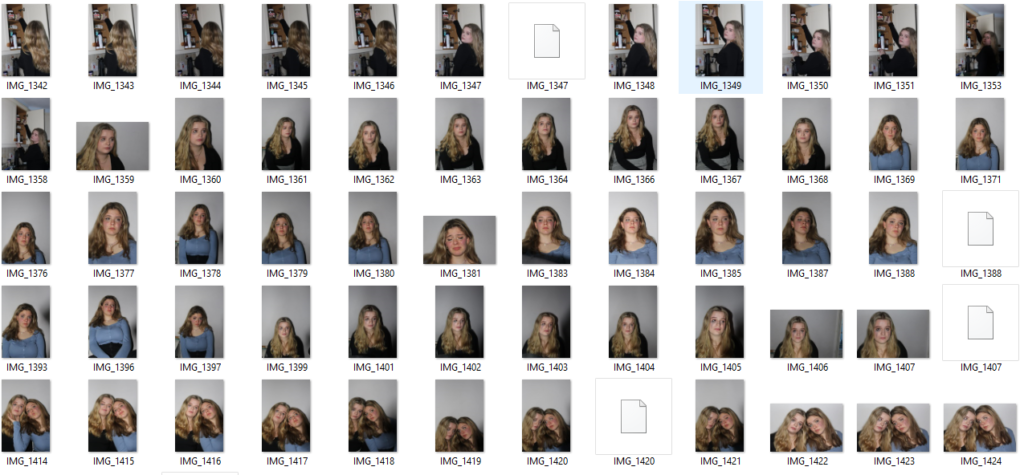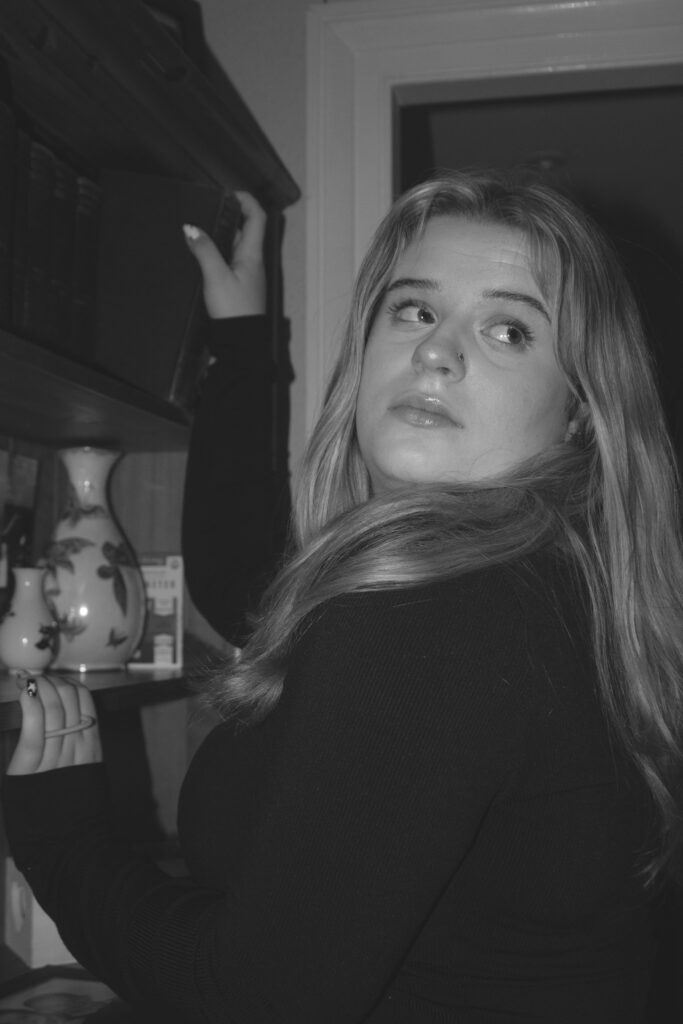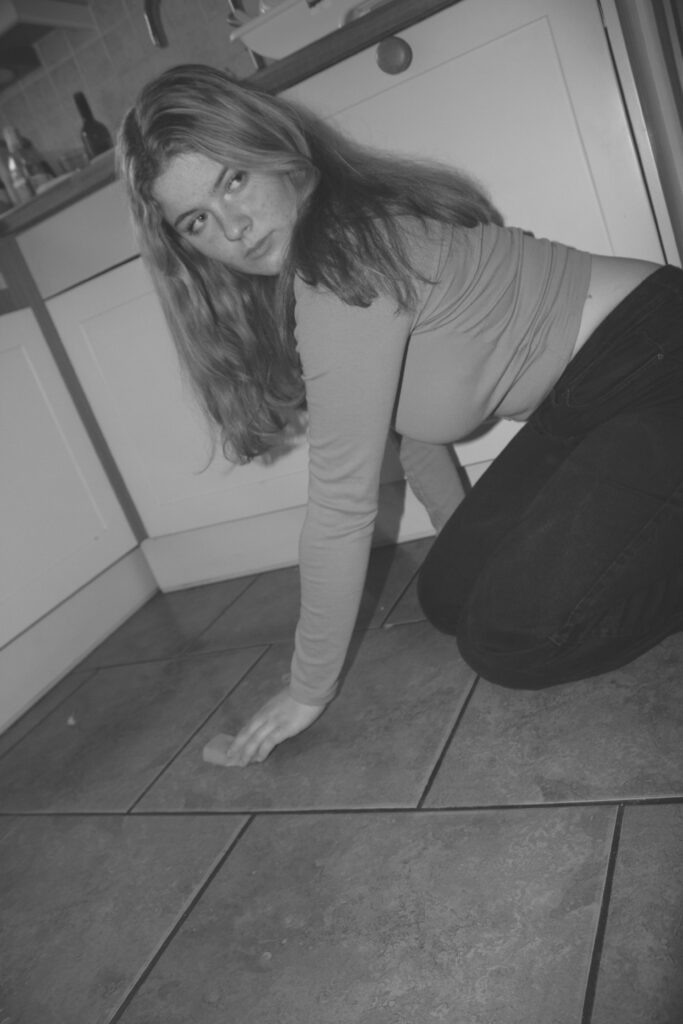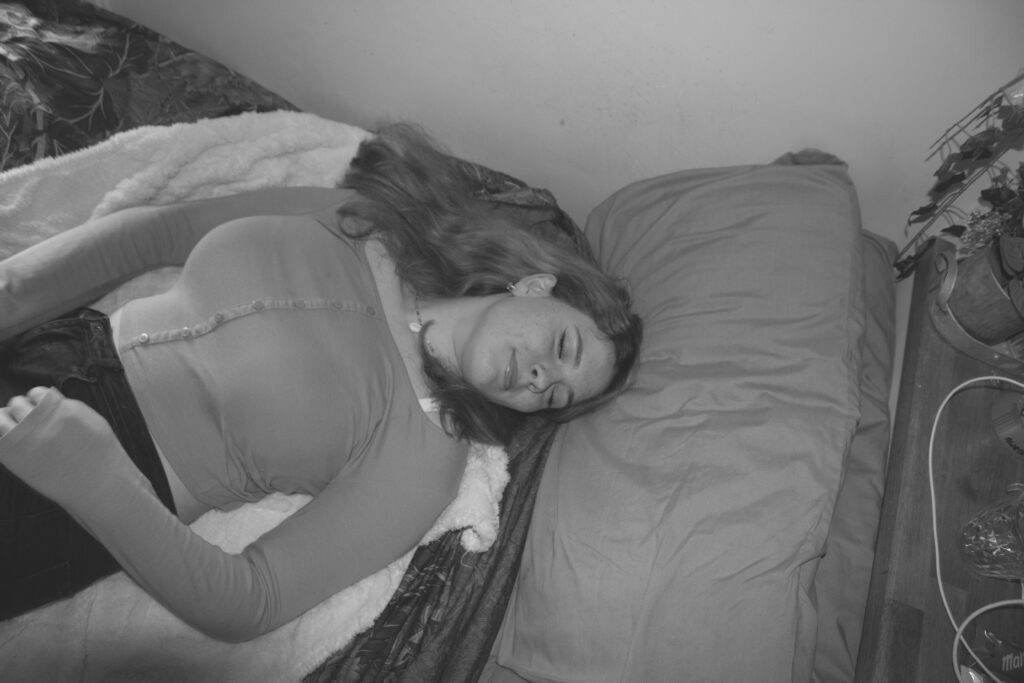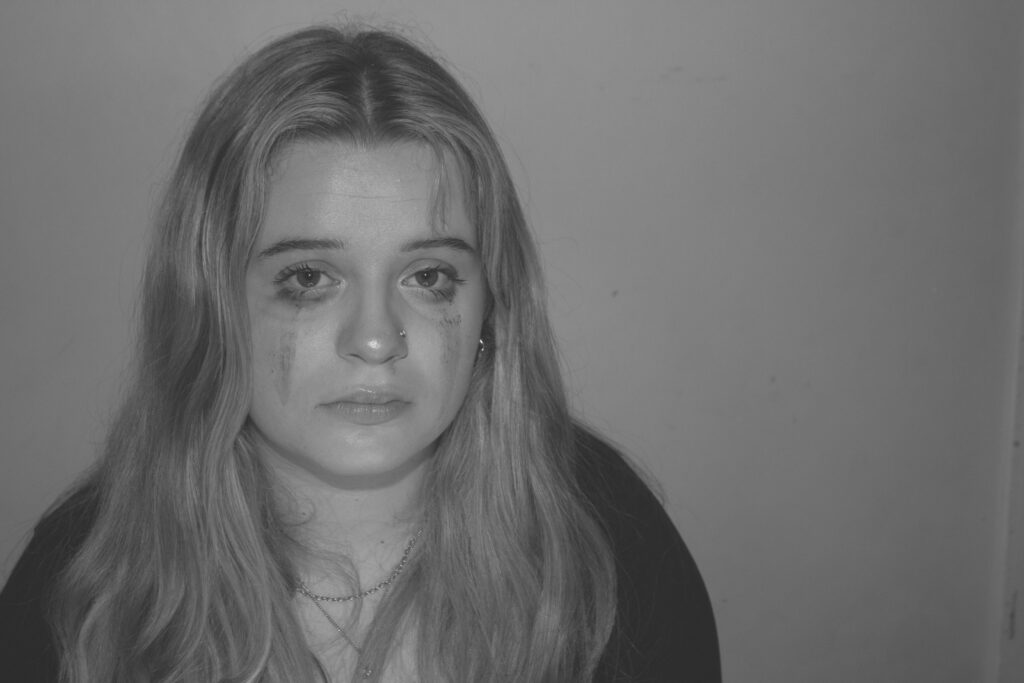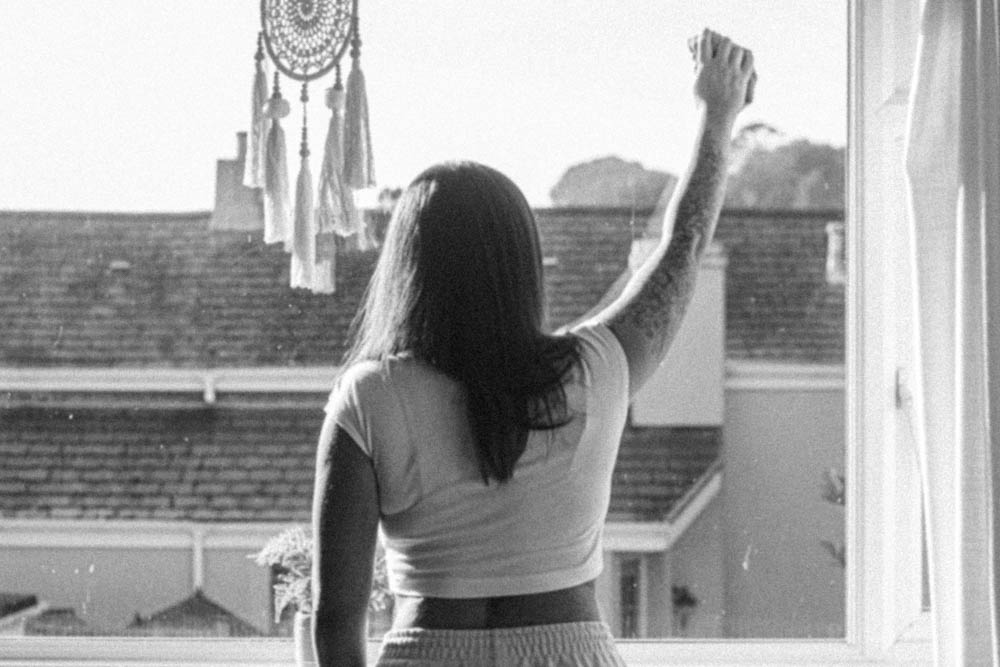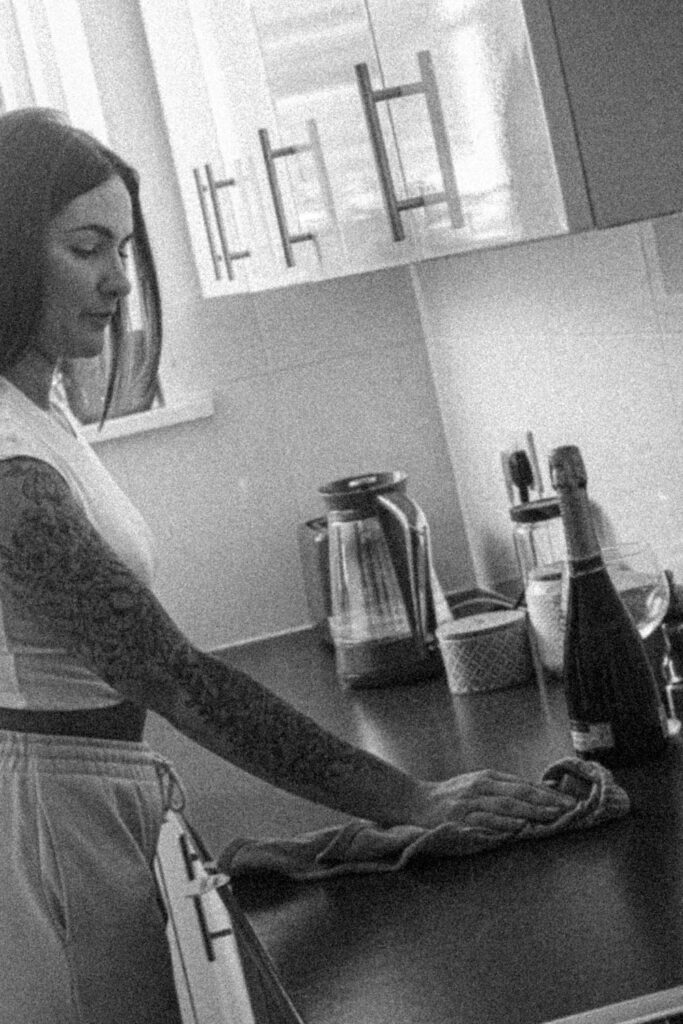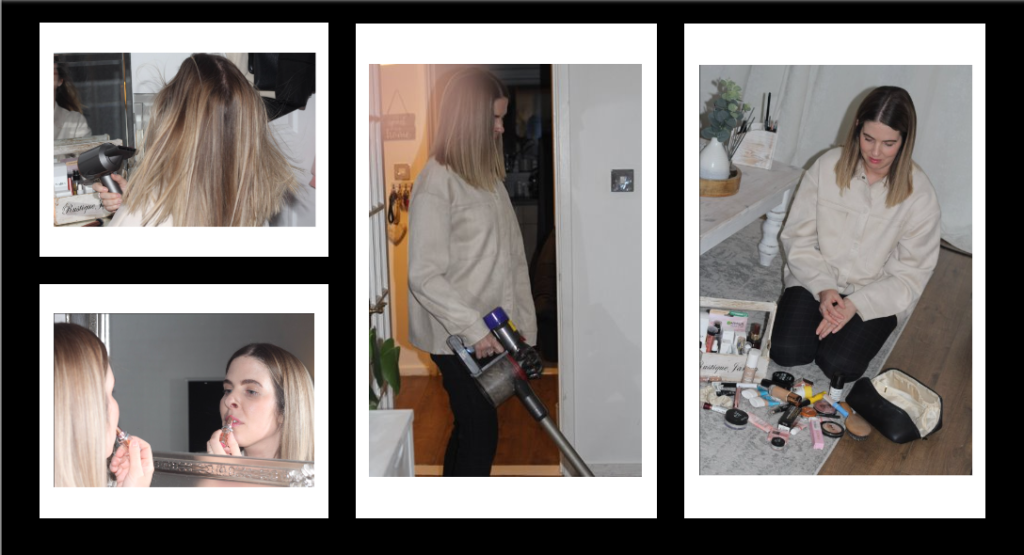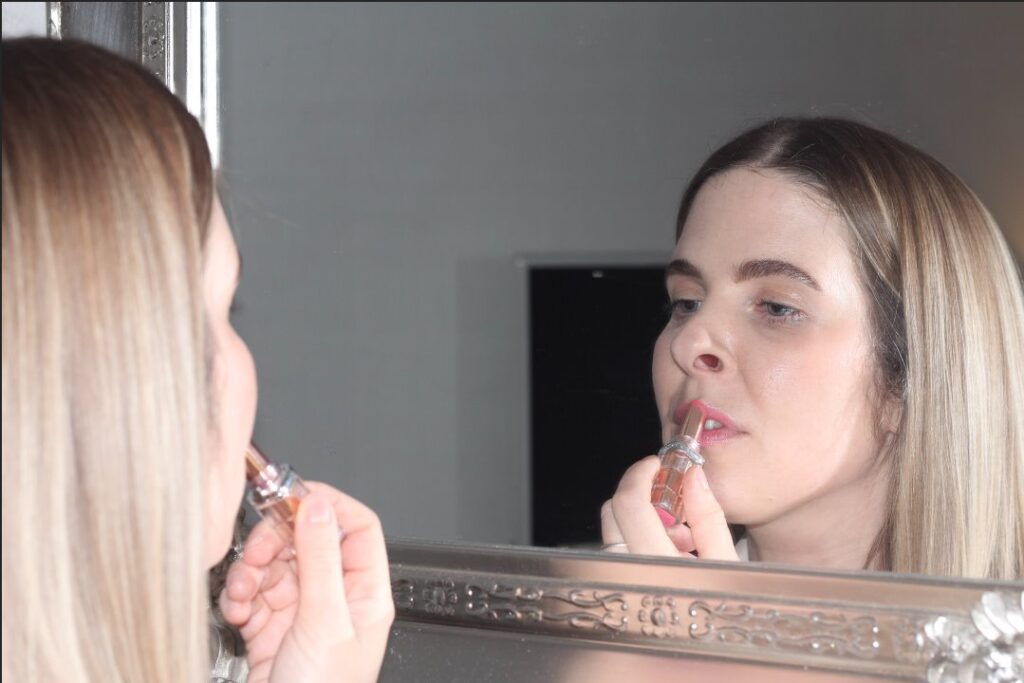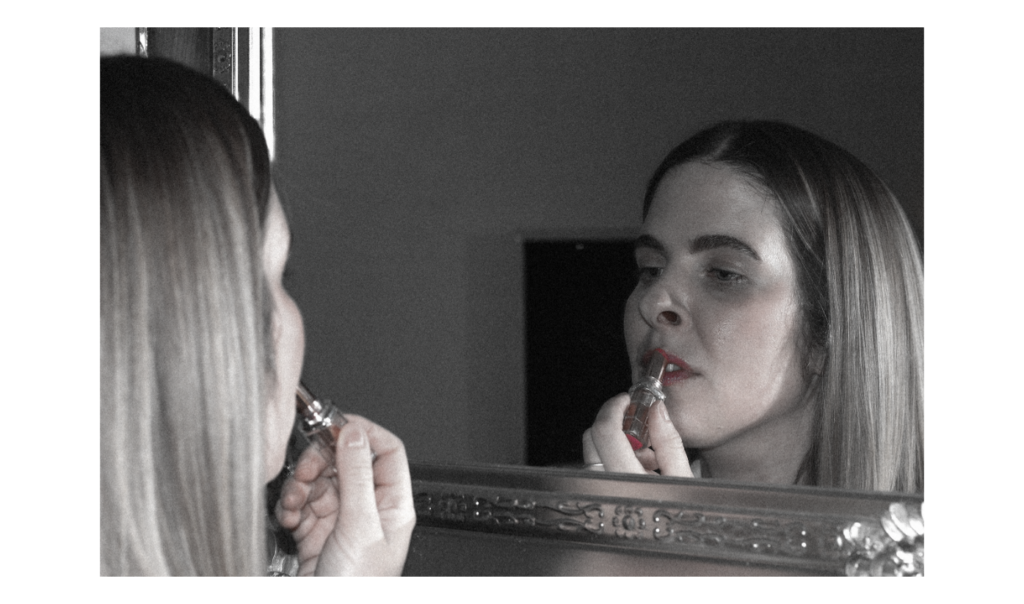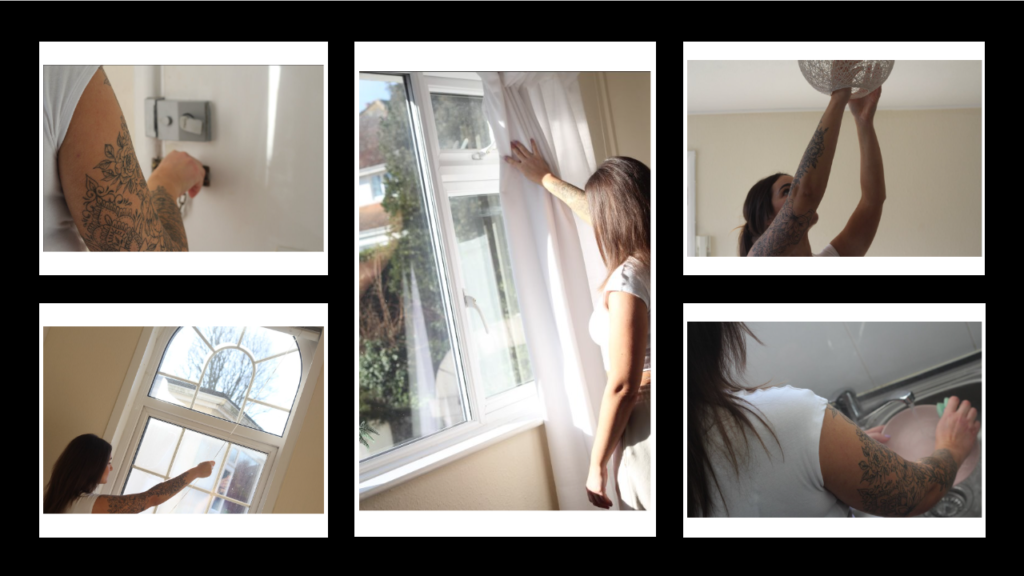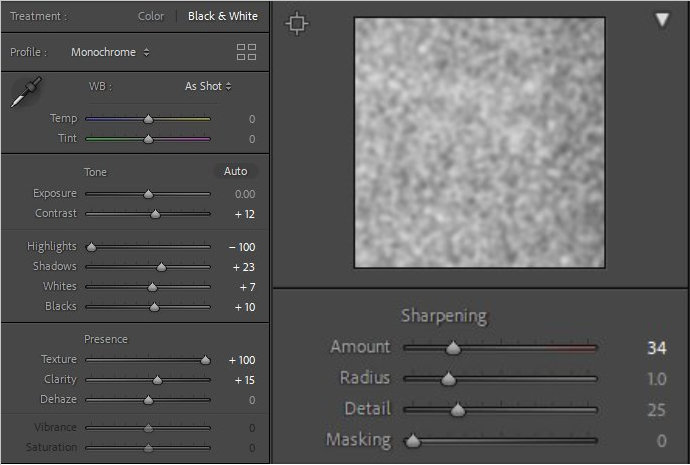Claude Cahun was a French surrealist photographer, artist and sculptor. Born in 1849 to a Jewish family and died at 60 years old via execution for her protest art work in December 1954, heartbreakingly just before Jersey was freed from occupation and the war was ended.
Her art was revolutionary and convention-breaking in many ways but primarily in their work on identity and self recognition.
Claude Cahun, originally Lucy Schwob, changed there name in order to adopt the gender ambiguous name , Claude.
they did this in a battle with their attraction to women and conflictions about their identity, throughout their life they created challenging and thought provoking images that very very controversial and generally upsetting at the time.
Claude primarily took self portraits displaying the conflict of identity that they were enduring often either featuring two versions of themselves or contradicting themes (eg. typically masculine clothes or objects pared with heavy makeup and provocative shirts)
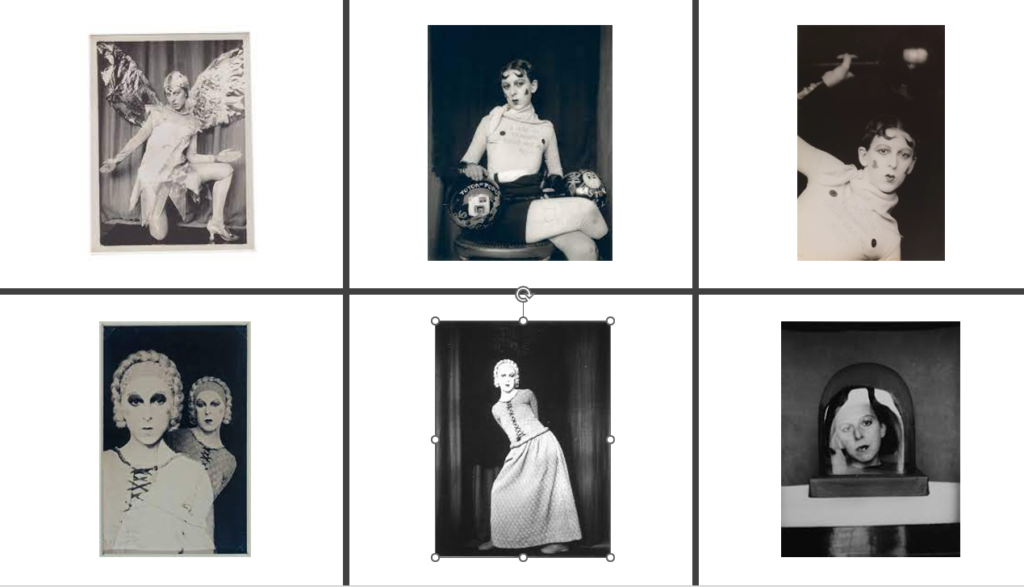
these ideas were considered outrageous at the time especially during the occupation of jersey in world war two, so outrageous their work was considered dangerous and threatening to the Nazis, this resulted in cahuns eventual arrest and execution.
Cahun was very ahead of there time and payed a very high price for it, as an artist there work is interesting and absurdist, representing the absurdness of her situation and the contradiction in their identity .


